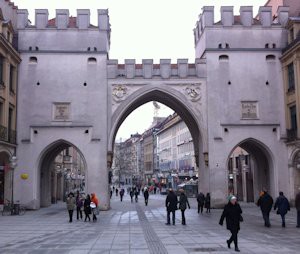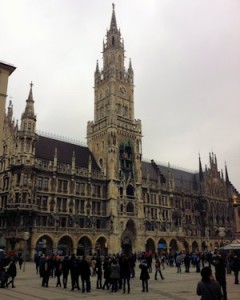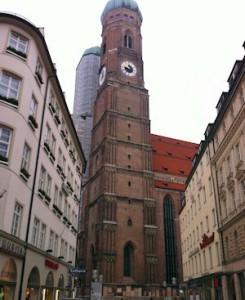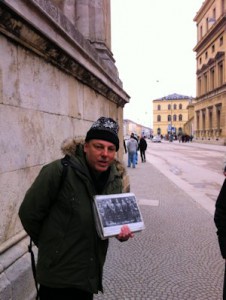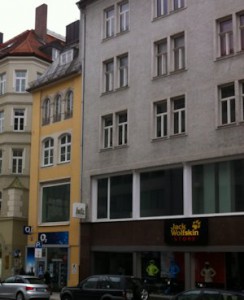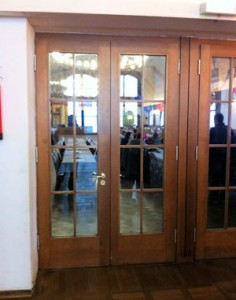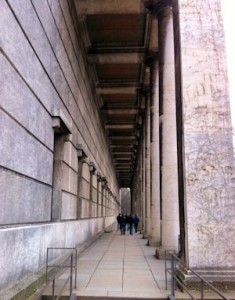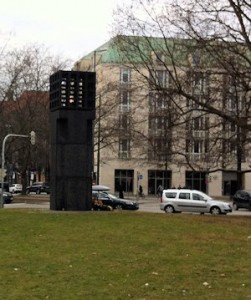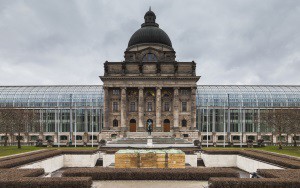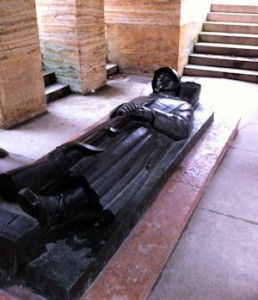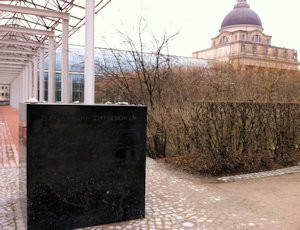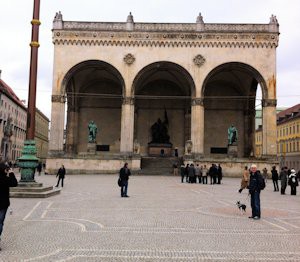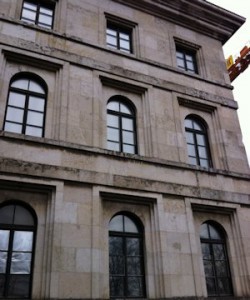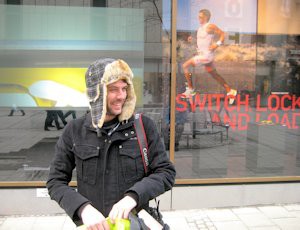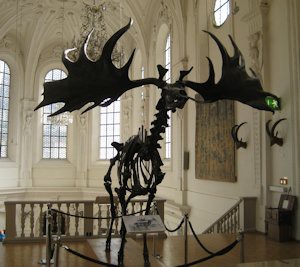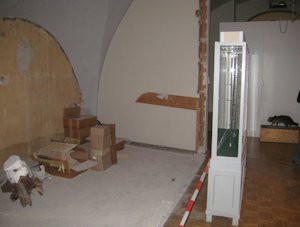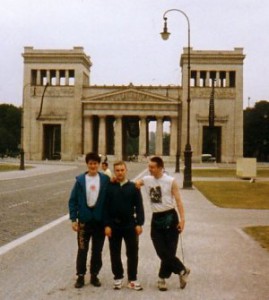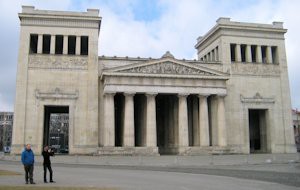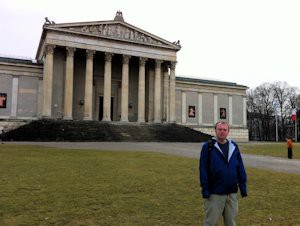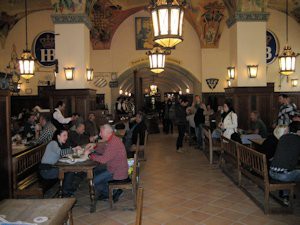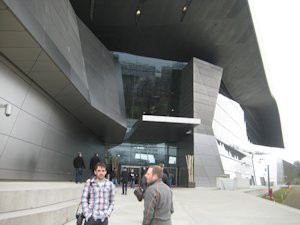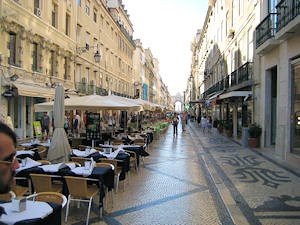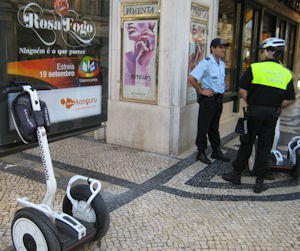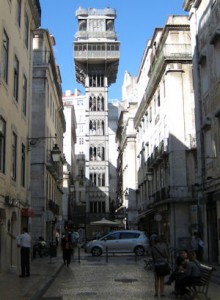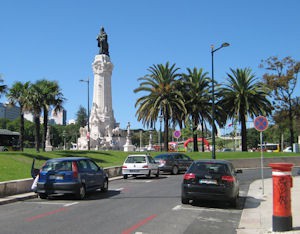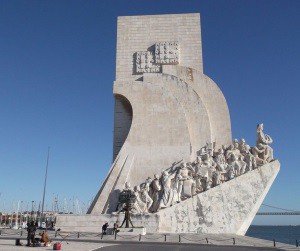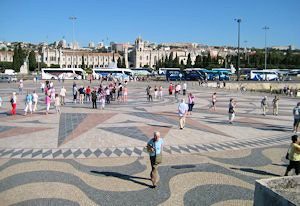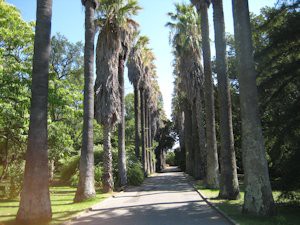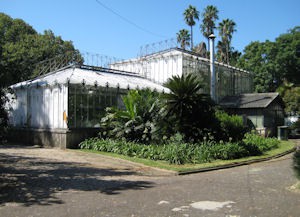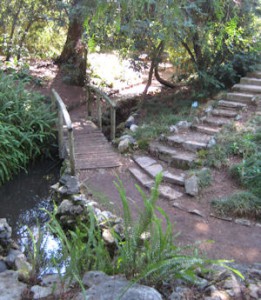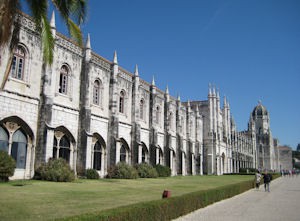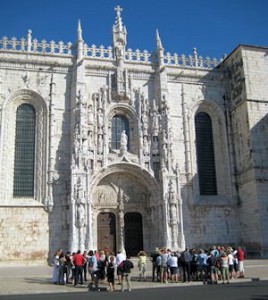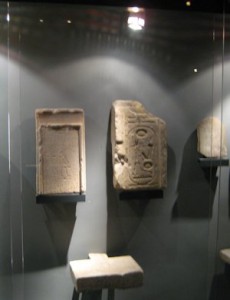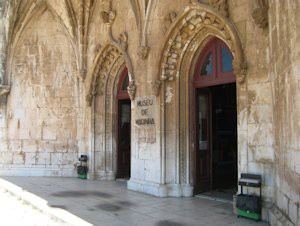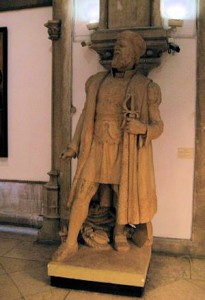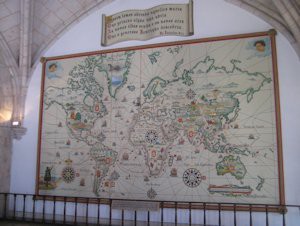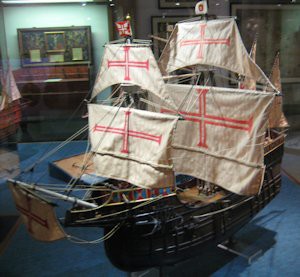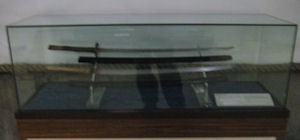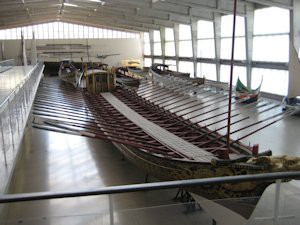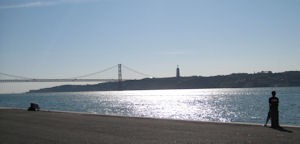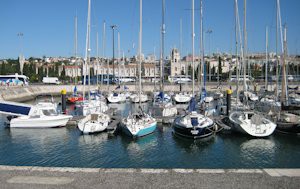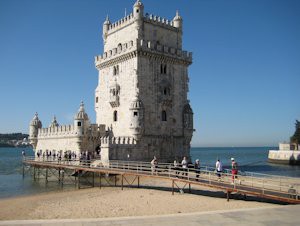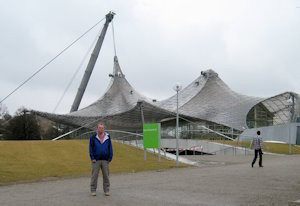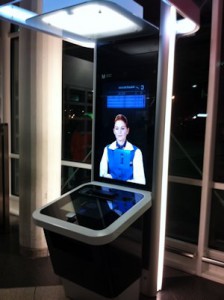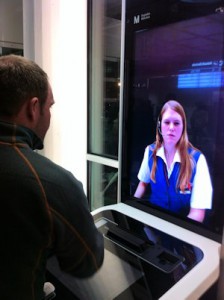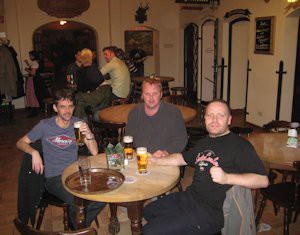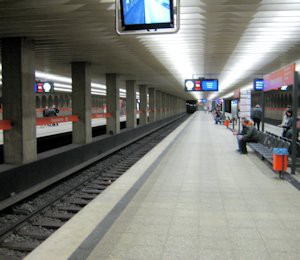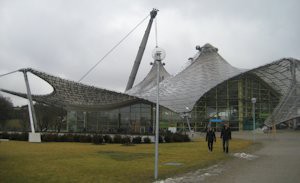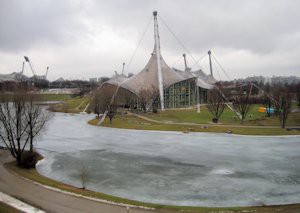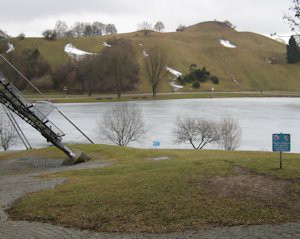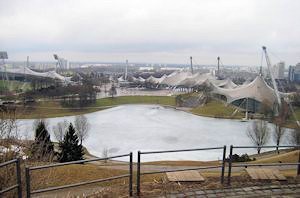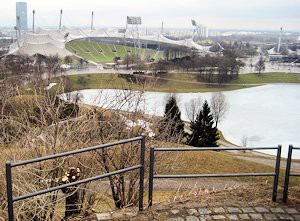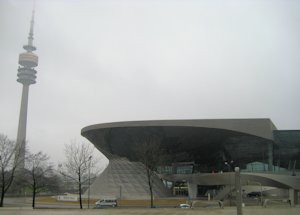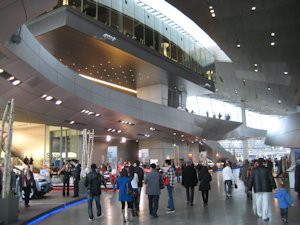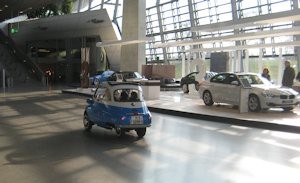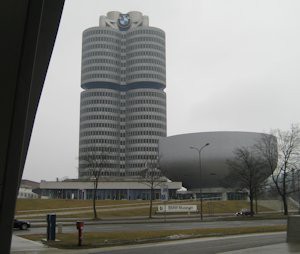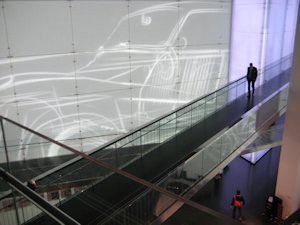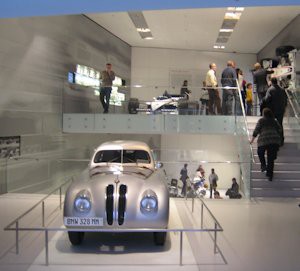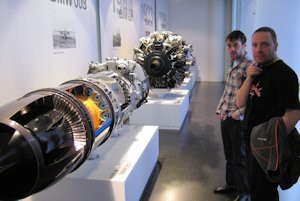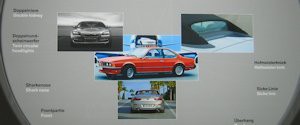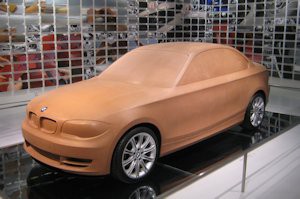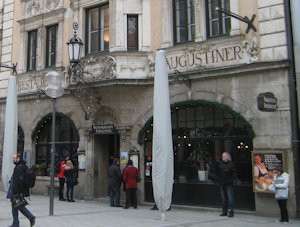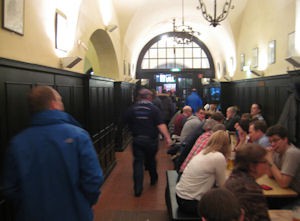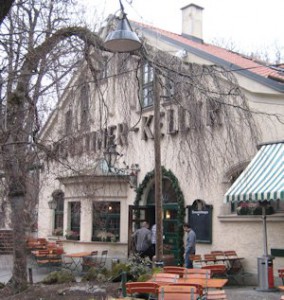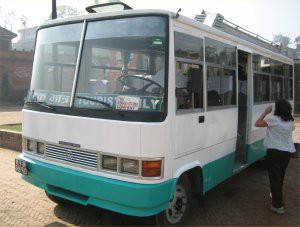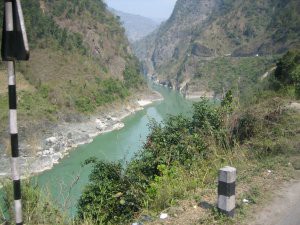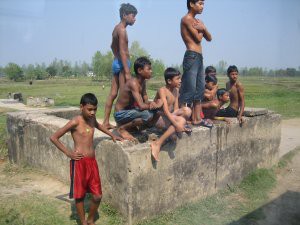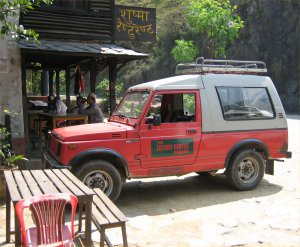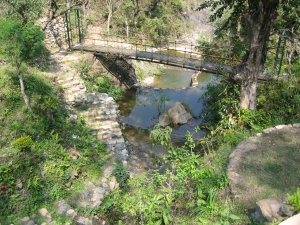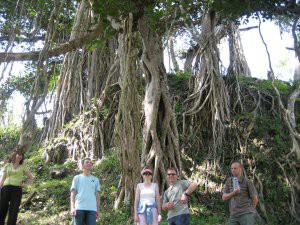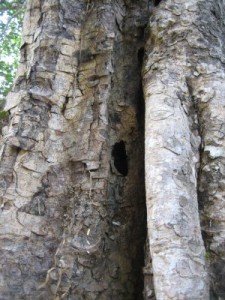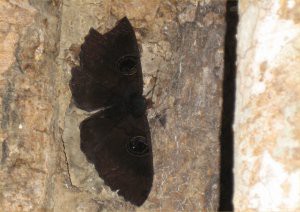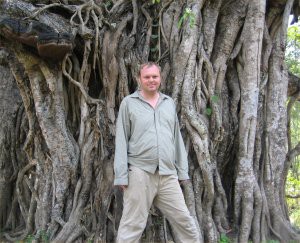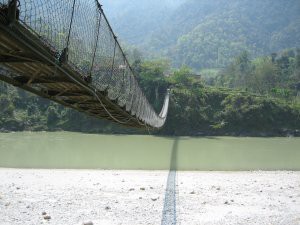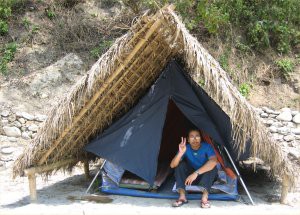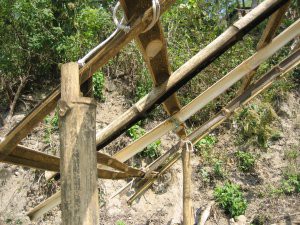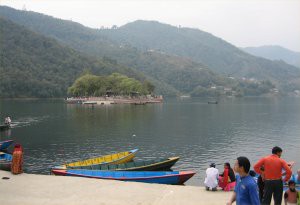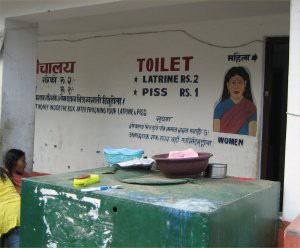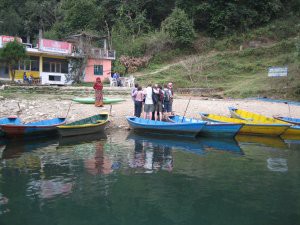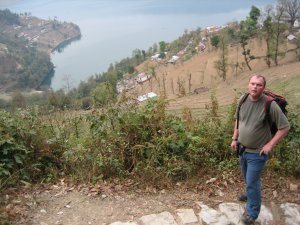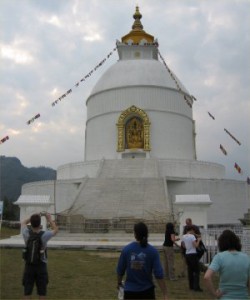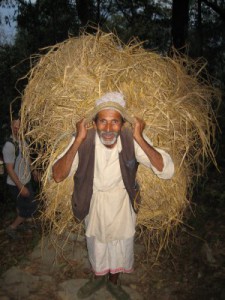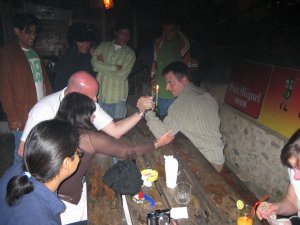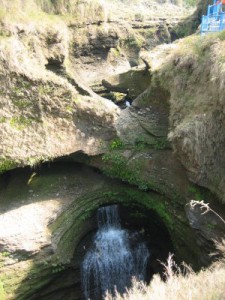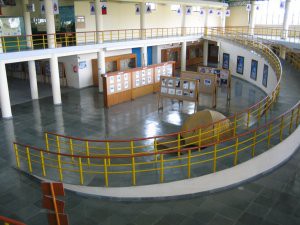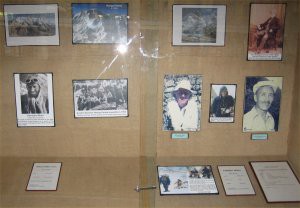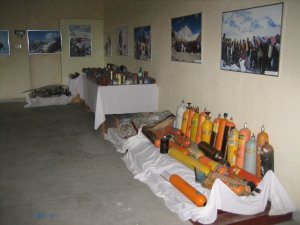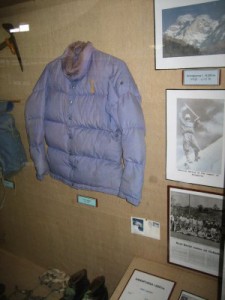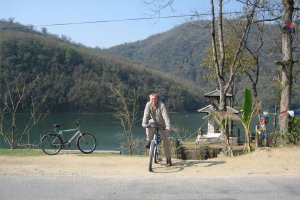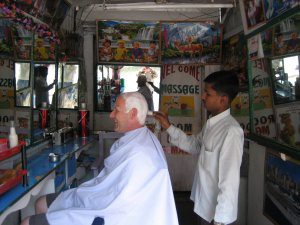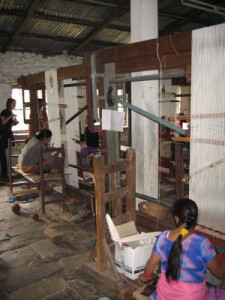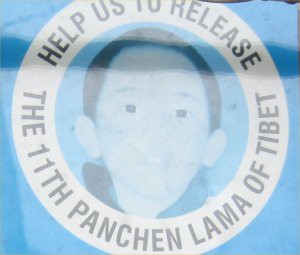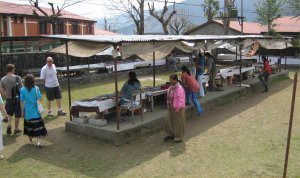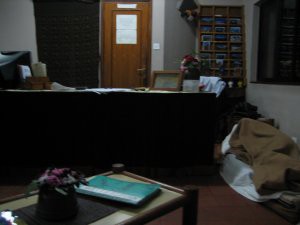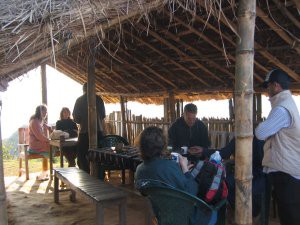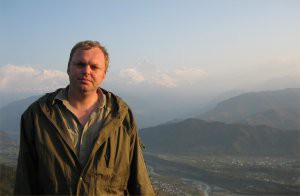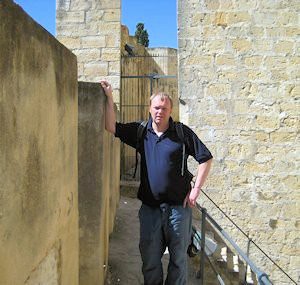 |
I’d heard great things about Portugal’s pedigree as a discovery nation while at school.When Simon Calder recommended Lisbon as the cheapest capital city in Europe, a trip had to happen.Like my most recent adventure in Bucharest, it was a budget project. |
| As we sit in Manchester waiting to fly out, I eat my Boots lunch deal (still the best value at airports).We arrive at Lisbon Portela Airport.It was one of the the biggest (and emptiest) airports I’ve ever landed in. |
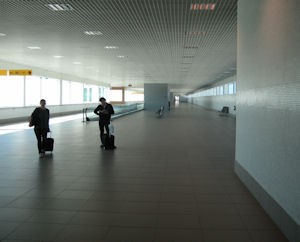 |
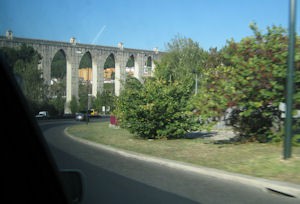 |
Wanderlust magazine did some research into travel mishaps like theft and turning an ankle.They found that when visiting a place for the first time, these things are 98% likely to happen in the firsts 24 hours.For this reason, we took a taxi rather than public transport from the airport.
Might not sound like “budget” thinking, but it usually costs more to put a mishap right, than it does to just avoid it.
On our way, we get to see the Aguas Livres Aqueduct (which means Aqueduct of the Free Waters), completed in the 1800’s. |
| We arrive at our hotel, the VIP Berna. As we arrived, 2 other taxi’s arrive behind us, with people from our flight.My guess, they used the same tools as me, and found the cheapest flight/hotel combination.
I didn’t think of it at the time, but I should have gotten to know these people, they were kindred spirits.
The hotel was spotlessly clean and in a 70’s style, which gave it rather quaint feel (did I just write that !).
Didn’t take long to unpack, as we all brought carry on luggage. I decanted my possessions into a stuff sack (I would need my daysack empty for carrying around in the daytime).
I setup my phone charger, put my torch next to my bed, ate the Steak slice that Glenn bought me and headed downstairs. |
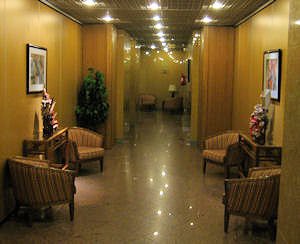 |
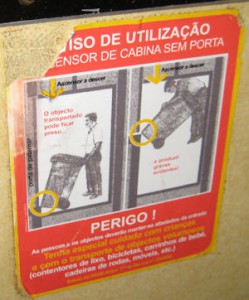 |
I get into one of those lifts, that you only seem to find on the continent.You’ll know the kind I mean, if you’ve ever been in one. As you stand in the lift, the wall along one side moves up or down, depending on which way your going.
I was horrified to see this warning sign showing what happens if you transport a wheely bin, and put it too near the wall !. |
| A blessing was how cool the place was inside.Throughout the trip, baking heat was the norm, and this place was an oasis.The hotel had complimentary Wi Fi, which never seemed to work.On the plus side, had a friendly bar, and when we tipped the barmaid, she seemed genuinely delighted.The price of lager, is usually a good cost-of-living indicator in most countries.
Pints were about the same as Chester. We were in a European capital city so very good value indeed.
In the afternoon/evening, we stay local, get used to the environment and get something to eat. |
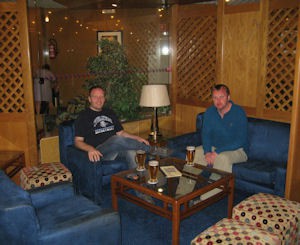 |
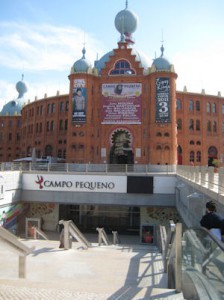 |
In the morning we head out to start exploring.Within just a few minutes I’m struggling to find our location (which is pretty unusual)standard practice in this situation, is the same as mountain navigation.You find a landmark on the ground, then locate it on your map (or guidebook).I realise what the problem is. The nearest landmark is the Bullring. Its listed in the guidebook as “further afield”, and isn’t listed on the central maps.
No problem. I work out its South towards the city and roughly where we’ll enter the centre.
Twenty minutes walk later. I’ve located our position on the map of Baixa and then cherry pick the sights we want to see. |
| Heading for Rossio Square, we pass Rossio station.The station is a Romantic recreation of Neo-Manueline facade (that’s why it looks 16th century, but actually completed before the start of the 19th century)underneath the station is a 2.5 kilometre tunnel, one of the greatest feats Portugese engineering.I wanted to see it, as I like the idea of modern tech, hidden behind a traditional facade. |
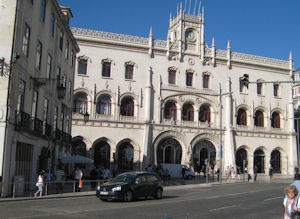 |
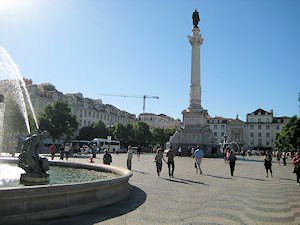 |
Rossio in Portugese, means roughly “commons” in English.After the earthquake of 1755, the city of Lisbon was expanded to lower areas bellow Lisbon Castle hill. The idea was to create an area for the common people.In the centre is the column of Pedro IV with fountains in front and behind it.Its the main meeting place in the city so everyone goes there.
Among them a youth with long hair and a tan wanders around.
He bares a striking resemblance to Dan from our group. We nickname him Danos after the similarity.
Dan points out that its a Greek sounding name, and were in Portugal. |
| Staying in Baixa, we visit Praca da Figueira. It sounds quite grandiose, but it actually means Square of the Fig tree’s)unoriginally a hospital, it was demolished after the earthquake and used as an open market.Sadly there’s no market there now, just coffee shops and the usual social fayre.In this picture, you can see a statue King John I a noble knight born in 1357 (although the statue was actually put up in 1971)
You can also see Glenn, a noble Knight from Mickel Trafford and to the lower left of the picture, a chemical toilet. |
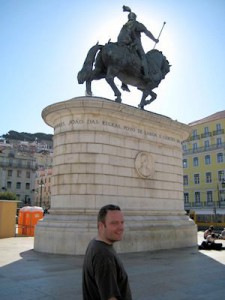 |
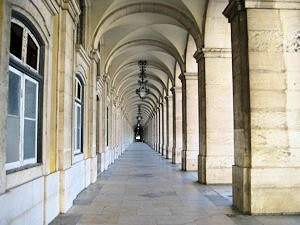 |
We visit our 3rd square in only an hour.Praca do Comercio (know locally as palace square) forms a “U” shape facing out towards the Tagus river. |
| Lisbon’s town planning department really go for the whole “man on a horse” thing.This statue faces the Tagus and is dedicated to king Jose 1.In the background of this picture you can see the Triumphal arch that forms a gate into the city. |
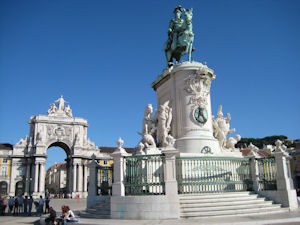 |
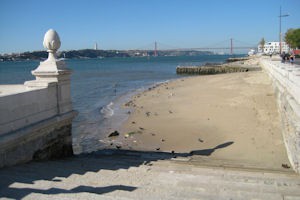 |
Just south of the square where it meets the river is Cais das Colunas (Columns Pier).From here you could see out across the bay to the 25 de Abril Bridge (the longest suspension bridge in the world) which links Lisbon with Almada.You can also see the Cristo-Rei (Christ the King) monument.
In times past, this was the main entrance to the city for dignitaries, hence its elaborate Marble design.
These days its extremely popular, and you have to wait quite a while if you want a seat here. |
| We decide to walk up the hill (not sure how this ended up happening, the guide book suggests taking the tram to the top and walking down). This place is a maze of narrow winding streets and alleyways. |
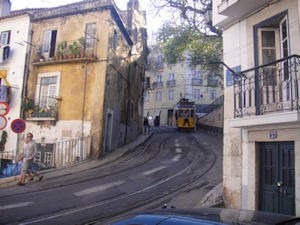 |
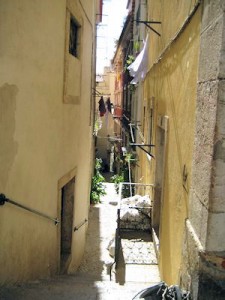 |
Once the wealthiest part of the city, these days its run down, but has loads of character.Although there are no Moorish houses still standing the area still maintains a Casbah feel.
I’d been told the Taverna’s are a great place to socialise in the afternoon, but we were there in the morning, and this wasn’t a stag do.
It was obvious within a few minutes, that there was no point trying to navigate around Alfama, so we just followed roads to see where they led.
The alleyways are called Becos (and are everywhere) with washing strung out between the compact houses.
Compared to these, the chinese Hutongs are palatial.
|
| I’d read that a new influx of younger residents had led the creation of trendy shops and bars.
We found loads of shops selling crafts and bric-a-brac.Here, a gallery of pictures, all created using coffee. |
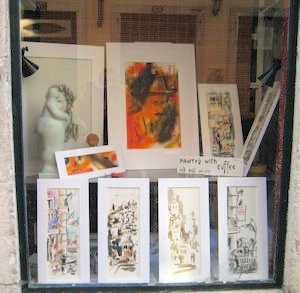 |
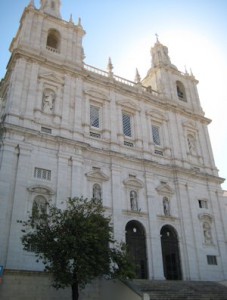 |
At one point, we “trip over” 1 of the 2 must see buildings in Alfama.Sao Vicente de Fora.
It means Monastery of St. Vincent outside the walls and is a 17th century church and monastery.
The building is done a a Renaissance style know as Mannerism (whatever that means). |
| And just a few minutes later, the other one, Santa Engracia.
In 1966 while the country was a dictatorship, it was turned into a National Pantheon.
You probably haven’t heard of any of the people who are interred here, but there are cenotaphs to Vasco de Gama and Henry the Navigator. |
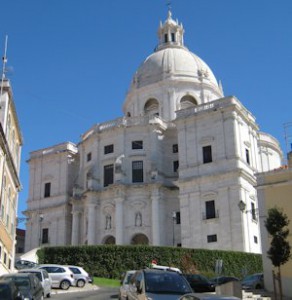 |
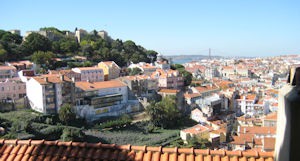 |
At the top of the hill, there are views over Alfama towards to Tagus estuary. Although very built up, there’s also lots of green area (which we couldn’t see while walking up) where local people grow vegetables. |
Quite sensibly, someone has setup a cafe right near this spectacular spot.
Its called the Portas do Sol, which means Suns door.
|
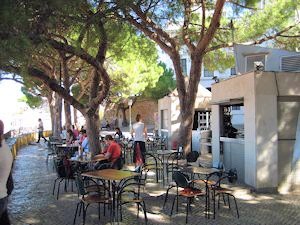 |
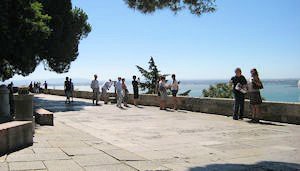 |
Leaving Alfama, we head for the Castelo de Sao Jorge, located on a hill overlooking the city with an observation terrace. |
| The castle was rebuilt in the 40’s but some of the original derelict buildings remain. |
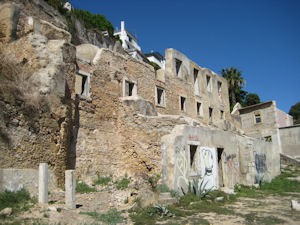 |
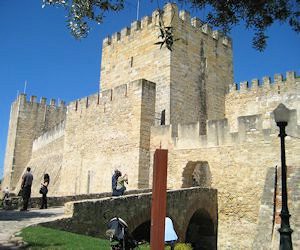 |
A nice building, but looked like something out of Hollywood. |
| We’re lads after all, and its a castle, so we wander around exploring. |
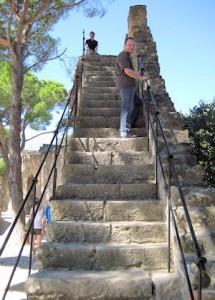 |
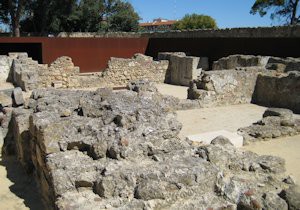 |
There are some archaeological sites within the walls of the castle. You can google them if you want to know what they are. |
|
|
